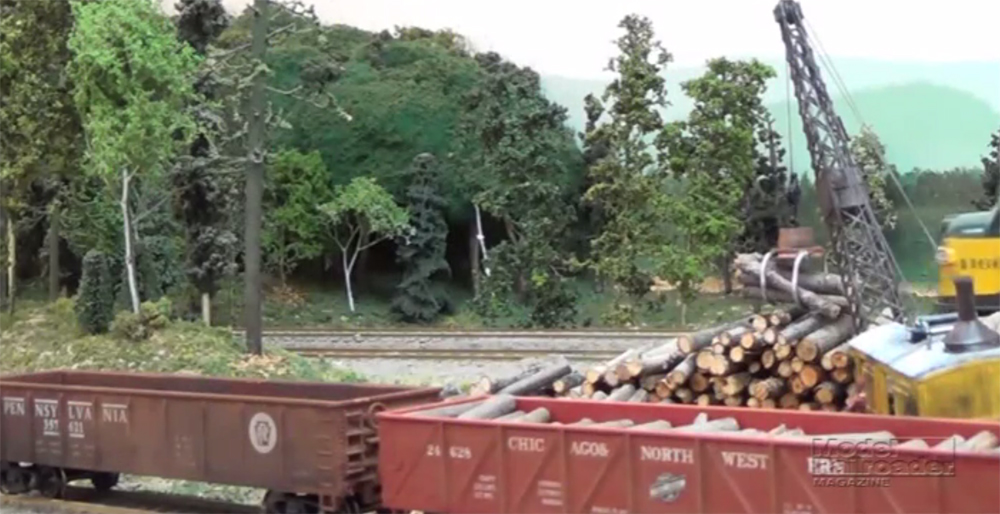
Having trouble viewing this video? Please visit our Video FAQ page Camping trips along the Chicago & North Western as a kid inspired John Mueller to build his HO scale Northern Memories model railroad. The layout is set in northern Wisconsin in the early 1950s. In this video you can watch steam and diesel […]
Read More…

Having trouble viewing this video? Please visit our Video FAQ page Camping trips along the Chicago & North Western as a kid inspired John Mueller to build his HO scale Northern Memories model railroad. The layout is set in northern Wisconsin in the early 1950s. In this video you can watch steam and diesel […]
Read More…
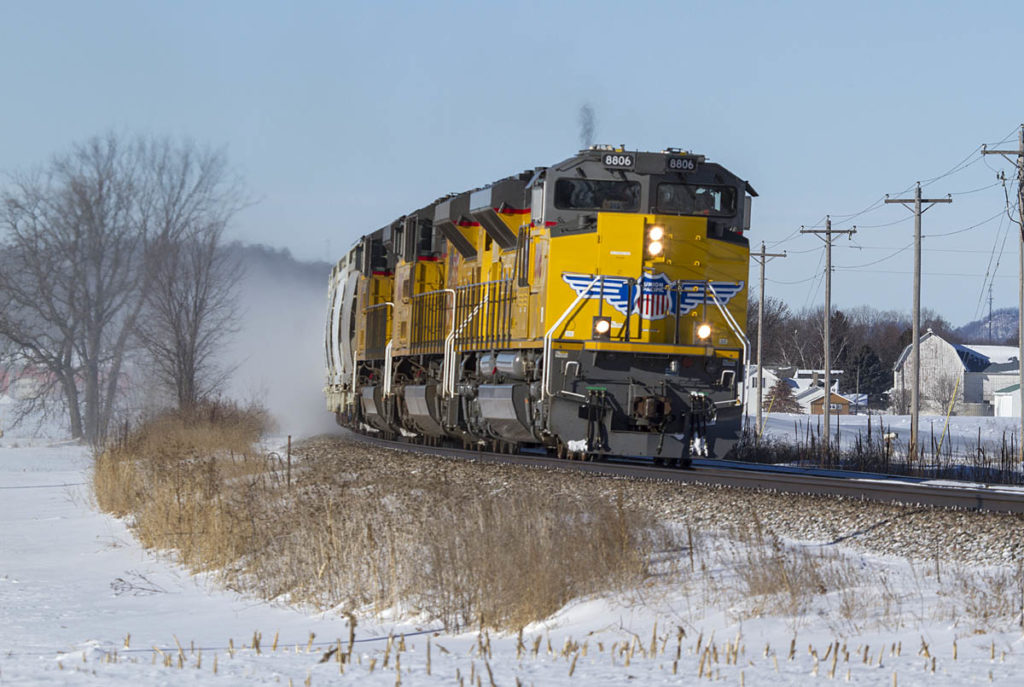
Not looking like a Canadian Pacific train, empty frac sand train No. 691 rolls through Bangor toward Oakdale, Wis., with three Union Pacific SD70ACes leading the charge on Jan. 25, 2014. Photo by Matt Krause […]
Read More…
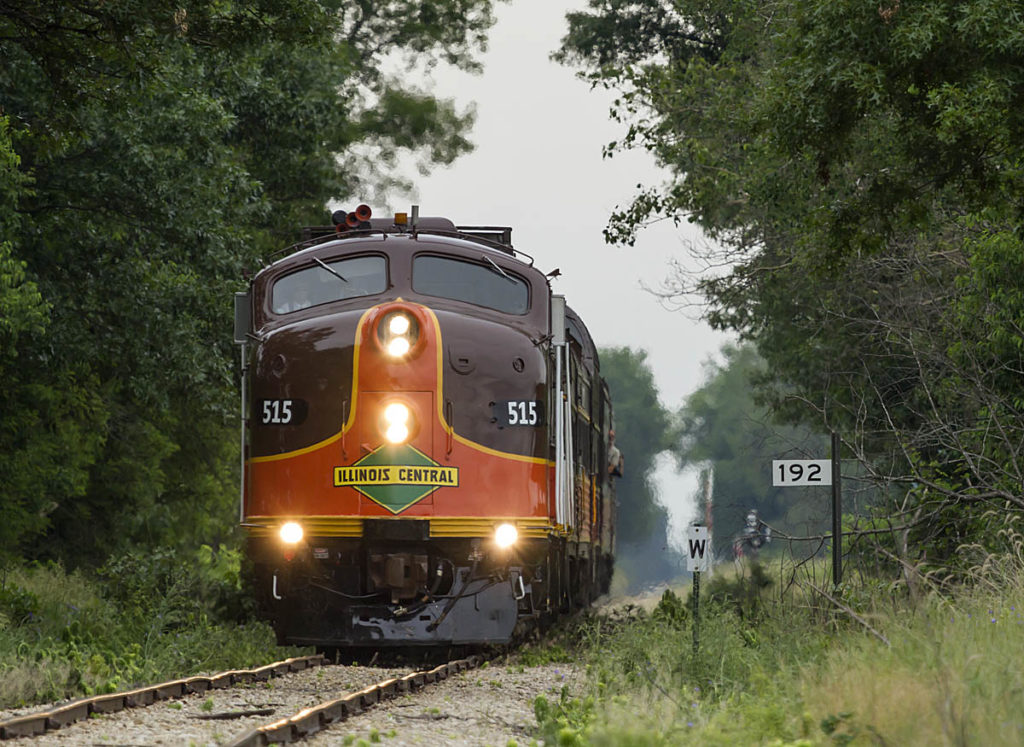
An Iowa Pacific excursion makes its way toward Muscoda, Wis., along the jointed rail of Wisconsin & Southern’s Prairie Subdivision on June 21, 2014. Photo by Matt Krause […]
Read More…
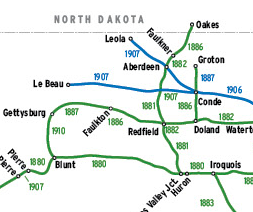
Railroads included in this map: Chicago & North Western; Chicago Great Western; Litchfield & Madison; Minneapolis & St. Louis; Chicago, Minneapolis & Omaha “Omaha Road” This map originally appeared in the July 2014 issue of Trains Magazine. […]
Read More…
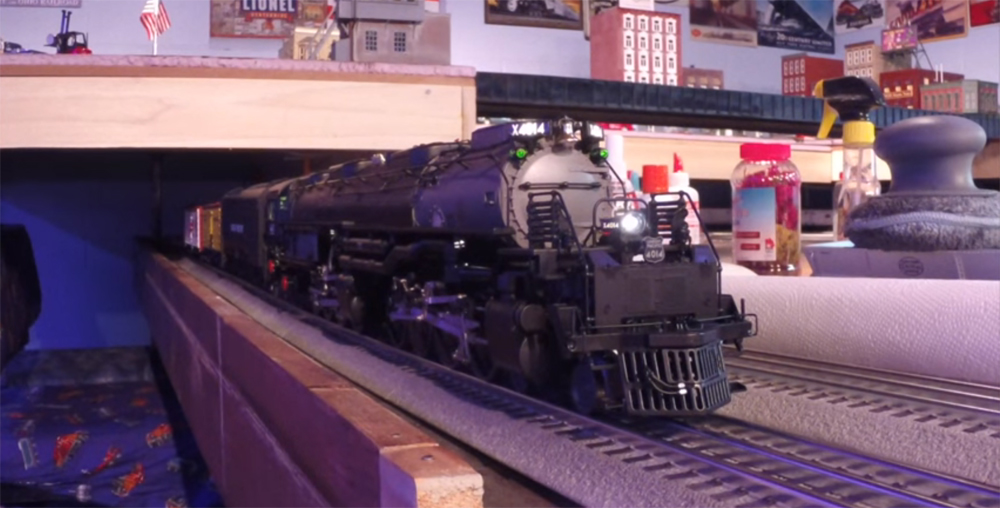
Name: Adam Matthews Railroad Name: North Western Railroad Location: Ohio Scale: O Gauge Theme: Freelanced Hi-Rail based on Northeast Ohio Description: My Lionel Vision Line Big Boy 4014 hauls a string of 29 reefer cars around the new mainline on the Lower Level of the North Western Railroad. […]
Read More…

Name: Adam Matthews Railroad Name: North Western Railroad Location: Ohio Scale: O Gauge Theme: Freelanced Hi-Rail based on Northeast Ohio Description: My Lionel Vision Line Big Boy 4014 hauls a string of 29 reefer cars around the new mainline on the Lower Level of the North Western Railroad. […]
Read More…
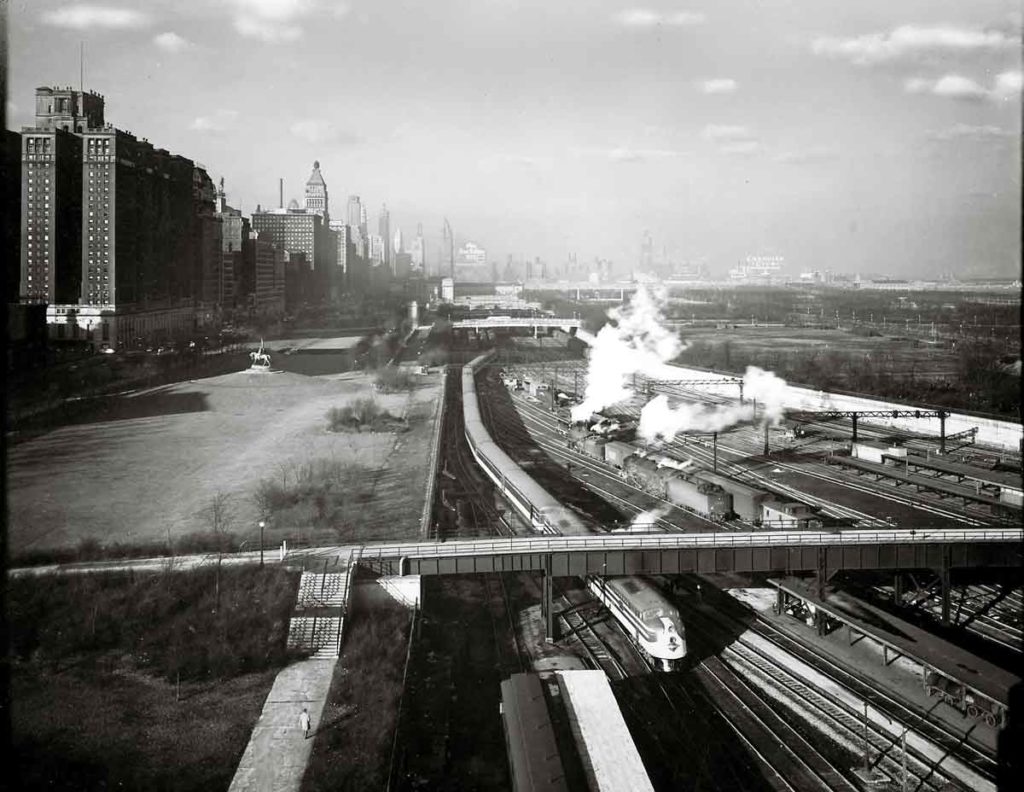
With the Chicago skyline in the background, Illinois Central’s Panama Limited pulls into Central Station to load passengers in a view from atop the terminal building. Illinois Central The Panama Limited was for many years the premier, first-class luxury train of the Illinois Central on its Chicago–New Orleans route. All-Pullman in consist, it left Chicago’s […]
Read More…
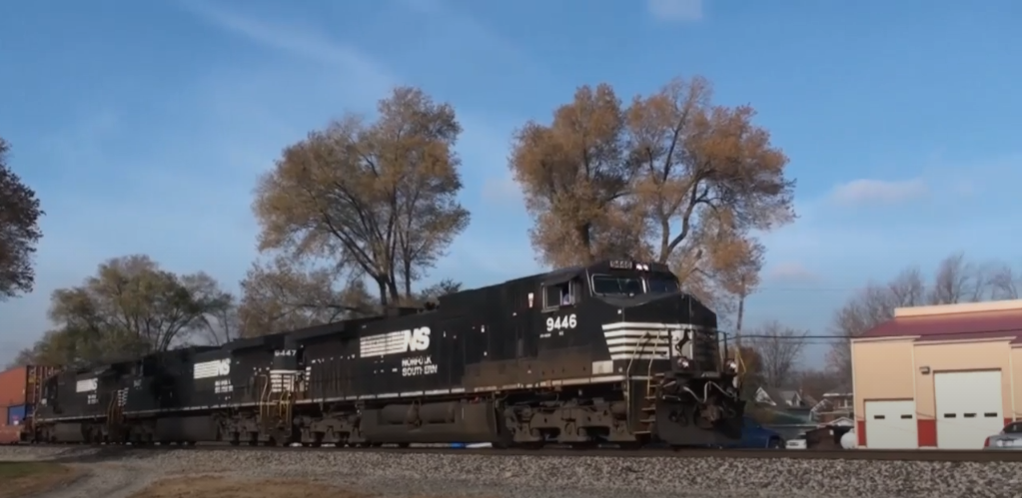
Visit Norfolk Southern’s fabulous Fostoria District, connecting Fort Wayne, Ind., and Bellevue, Ohio! See fast freights, now-historic Triple Crown RoadRailer trains, and even Nickel Plate Road No. 765! Bought to you by Trains Magazine! Watch more: Trains Presents: NS Fostoria District, Vol. 2 Trains Presents: NS Fostoria District, Vol. 3 Trains Presents: Winter at the […]
Read More…

Visit Norfolk Southern’s fabulous Fostoria District, connecting Fort Wayne, Ind., and Bellevue, Ohio! See fast freights, now-historic Triple Crown RoadRailer trains, and even Nickel Plate Road No. 765! Bought to you by Trains Magazine! Watch more: Trains Presents: NS Fostoria District, Vol. 2 Trains Presents: NS Fostoria District, Vol. 3 Trains Presents: Winter at the […]
Read More…
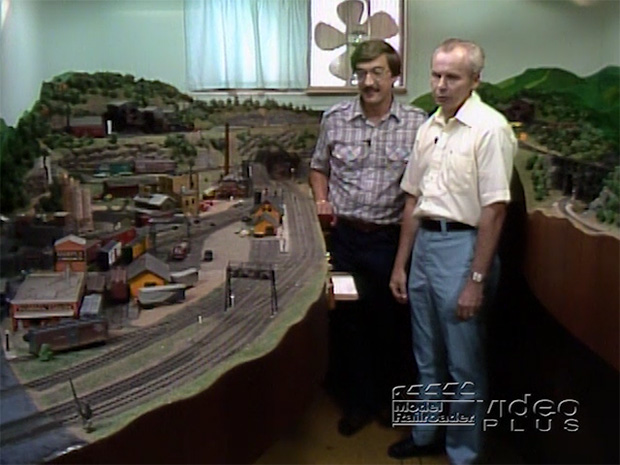
Having trouble viewing this video? Please visit our Video FAQ page Allen Keller hosts a visit to Don and John Santel’s OM&SS HO scale layouts. You won’t want to miss seeing Don’s operating hump yard! […]
Read More…

Having trouble viewing this video? Please visit our Video FAQ page Allen Keller hosts a visit to Don and John Santel’s OM&SS HO scale layouts. You won’t want to miss seeing Don’s operating hump yard! […]
Read More…








